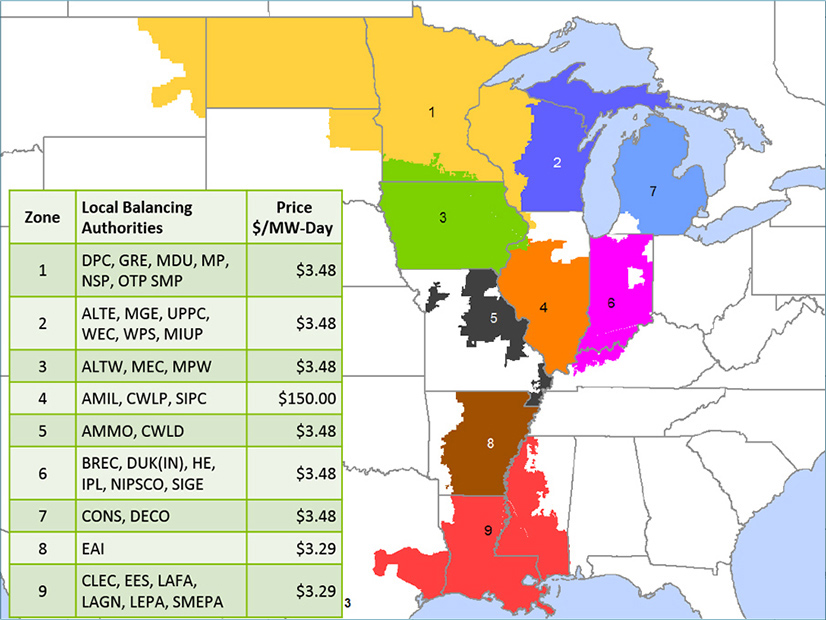The board of the New Jersey Economic Development Authority (EDA) voted this month to back a $20 million purchase agreement with Atlantic City Electricity (ACE) to ensure the utility avoids potential supply chain delays in the delivery of construction materials needed to develop the 12-mile transmission line tying the New Jersey Wind Port to the grid.
The EDA also started the process of issuing $160 million in tax exempt bonds to pay for construction of the wind port through 2023. The agency’s board voted Nov. 16 to support an “Official Intent Resolution” that sets the bonding process in motion, but the board would have to take another vote for the bond issue to move ahead, according to the memo.
The project has so far obtained $478.2 million in state funds, and the bonded finance would “secure the balance of funding” needed for completion of the first two phases of the projects, according to a Nov. 16 memo from EDA CEO Tim Sullivan to the board.
The two board votes reflect the EDA’s commitment to pushing aggressively ahead with the project, which officials say will be the nation’s first custom-built port serving the wind. It is the cornerstone of the state’s drive to become a manufacturing and logistics hub for the nascent industry, not only in New Jersey but for other East Coast offshore wind projects as well.
The purchase agreement is designed to ensure the smooth advancement of the wind port project, which broke ground in September 2021. The agreement “is necessary to safeguard the purchase of materials with long lead times or are at risk of delays due to global supply chain disruption,” Sullivan said in the memo outlining the expenditure.
The deal will bring the total cost of the connection — a 69-kV transmission line on a greenfield site — to $25.88 million. The board in April approved an expenditure of $5.14 million for the utility to move ahead with a detailed design of the line. The design is 60% complete and on schedule, according to the memo.
Providing Power for Tenants
The wind port, located at Alloways Creek in Salem County, will include a 30-acre marshalling area for component assembly and staging; a dedicated, overland, heavy-haul transportation corridor; and a heavy-lift wharf with a dedicated delivery berth and an installation berth that can accommodate jack-up vessels.
The port was conceived to serve New Jersey’s own offshore wind industry. The state Board of Public Utilities (BPU) has so far awarded three wind projects in two solicitations since 2019: the 1,100-MW Ocean Wind 1 and 1,148-MW Ocean Wind 2, both developed by Ørsted, and the 1,510-MW Atlantic Shores, a joint venture between EDF Renewables North America and Shell New Energies US. The BPU is planning to hold a third solicitation early in 2023.
The developers of the three approved offshore projects have agreed to use the port, but the state also wants to attract business from non-New Jersey projects. The EDA said in October 2021 that it had received 16 non-binding offers for companies looking to become tenants at the port, among them Siemens Gamesa Renewable Energy (OTCMKTS:GCTAY). (See NJ Wind Port Draws Offshore Heavy Hitters.)
Nacelle manufacturers MHI Vestas and General Electric have committed to creating nacelle plants at the port, and German manufacturer EEW Group is building a monopile factory in the nearby Port of Paulsboro.
The ACE agreement is important to the wind port because it is located in a remote part of South Jersey, adjacent to three nuclear plants operated by PSE&G, and has no tie to the grid, according to the EDA.
“The approval of long lead items ahead of full construction is necessary to safeguard the construction schedule with materials facing long lead times or risks of disruption due to broader supply chain volatility,” according to Sullivan’s memo. “It also recognizes the authority’s negotiated cost obligations to staff’s recommended inaugural subtenant should a power line connection not be in place by the start of the sublease.”
If the link isn’t ready on time, the project could have no power supply to provide tenants and would have to share the cost of providing temporary power solutions, “such as diesel generators,” the memo said.
Sullivan laid out the expenditures anticipated to be made from the $20 million, which include: $16.9 million for steel poles and anchor bolt cages; $204,00 for conductors; $71,000 for circuit breakers and $62,000 for static wire.


